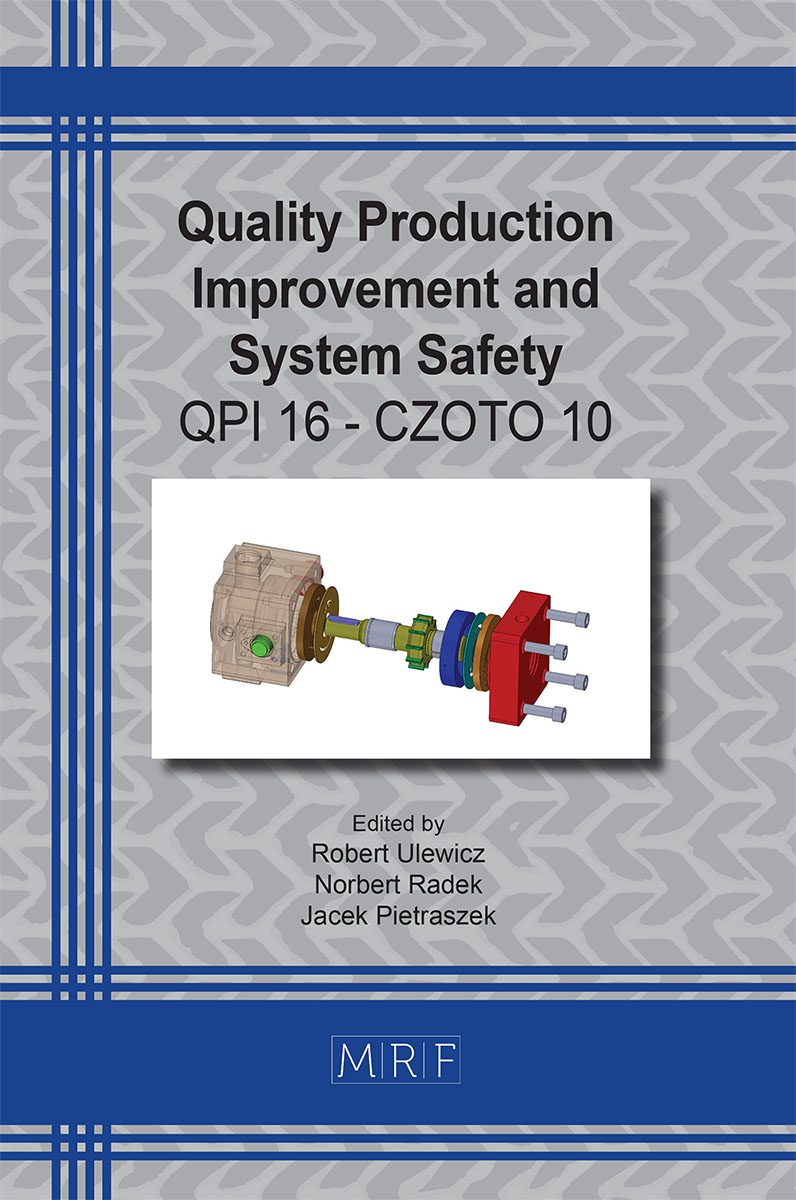Measurements of Vehicle Azimuth Using Acoustic Signals
MADEJ Wiesław
download PDFAbstract. The location of objects based on the analysis of acoustic signals is widely used in various civil and military systems. Applications that allow the users to determine the location of the sound source are used, for example, in conference rooms for automatic speaker location, enabling unattended camera control, detecting and tracking the movement of objects in area surveillance systems, etc. The paper presents a system for determining the azimuth of a moving motor vehicle developed at the Military Institute of Engineer Technology in cooperation with the Wroclaw University of Technology. The system is designed for the detection, identification and location of armored vehicles and trucks. The use of acoustic signal analysis methods to locate objects allowed for the construction of passive systems that are difficult to detect. This property is particularly important in area surveillance systems and military equipment designs.
Keywords
Acoustic Wave, Microphone Antenna, Propagation, DOA Estimator
Published online 9/1/2023, 7 pages
Copyright © 2023 by the author(s)
Published under license by Materials Research Forum LLC., Millersville PA, USA
Citation: MADEJ Wiesław, Measurements of Vehicle Azimuth Using Acoustic Signals, Materials Research Proceedings, Vol. 34, pp 400-406, 2023
DOI: https://doi.org/10.21741/9781644902691-46
The article was published as article 46 of the book Quality Production Improvement and System Safety
![]() Content from this work may be used under the terms of the Creative Commons Attribution 3.0 license. Any further distribution of this work must maintain attribution to the author(s) and the title of the work, journal citation and DOI.
Content from this work may be used under the terms of the Creative Commons Attribution 3.0 license. Any further distribution of this work must maintain attribution to the author(s) and the title of the work, journal citation and DOI.
References
[1] J. Dmochowski, J.Benesty, S. Affes. Direction of Arrival Estimation Using the Parameterized Spatial Correlation Matrix, IEEE Transactions on Audio, Speech, and Language Processing 15 (2007) art. 4156192. https://doi.org/10.1109/TASL.2006.889795
[2]V. Kunin et al. Direction of Arrival Estimation and Localization Using Acoustic Sensor Arrays, J. Sensor Technol. 1 (2011) art. 7657. https://doi.org/10.4236/jst.2011.13010
[3] K. Chaudhari, M. Sutaone, P. Bartakke. Comparative Analysis of Planar Acoustic MVDR Beamformer, Int. J. Circuits, Syst. Signal Process. 13 (2019) 732-738.
[4] F. Polak, W. Sikorski, K. Siodła. Location of partial discharges sources using sensor arrays, Przeglad Elektrotechniczny 90(10) (2014) 74-77. https://doi.org/10.12915/pe.2014.10.19
[5] V. Krishnaveni, T. Kesavamurthy, B. Aparna. Beamforming for Direction-of-Arrival (DOA) Estimation-A Survey, Int. J. Comp. App. 61(11) (2013) 4-11. https://doi.org/10.5120/9970-4758
[6] S. Paulose, E. Sebastian, B. Paul. Acoustic Source Localization, Int. J. Adv. Res. Electrical, Electronics and Instr. Eng. 2 (2013) 933-939.
[7] M. Górski, G.Haza, R.Hossa, J. Zarzycki. Opracowanie układów identyfikacji i lokalizacji celu zapalnika kierowanej miny przeciwpancernej, Zakład Teorii Sygnałów Instytut Telekomunikacji, Teleinformatyki i Akustyki Politechniki Wrocławskiej, Wrocław 2010.
[8] Z. Chen, G. Gokeda, Y. Yu. Introduction to Direction-of-Arrival Estimation, Artech House, London, 2010. ISBN 978-1596930896
[9] B. Jasiewicz et al. Inter-observer and intra-observer reliability in the radiographic measurements of paediatric forefoot alignment, Foot Ankle Surg. 27 (2021) 371-376. https://doi.org/10.1016/j.fas.2020.04.015
[10] N. Radek et al. Microstructure and tribological properties of DLC coatings, Mater. Res. Proc. 17 (2020) 171-176. https://doi.org/10.21741/9781644901038-26
[11] J. Pietraszek et al. The parametric RSM model with higher order terms for the meat tumbler machine process, Solid State Phenom. 235 (2015) 37-44. https://doi.org/10.4028/www.scientific.net/SSP.235.37
[12] R. Dwornicka, J. Pietraszek. The outline of the expert system for the design of experiment, Prod. Eng. Arch. 20 (2018) 43-48. https://doi.org/10.30657/pea.2018.20.09
[13] J. Pietraszek. The modified sequential-binary approach for fuzzy operations on correlated assessments, LNAI 7894 (2013) 353-364. https://doi.org/10.1007/978-3-642-38658-9_32
[14] J. Pietraszek et al. Factorial approach to assessment of GPU computational efficiency in surrogate models, Adv. Mater. Res. 874 (2014) 157-162. https://doi.org/10.4028/www.scientific.net/AMR.874.157












